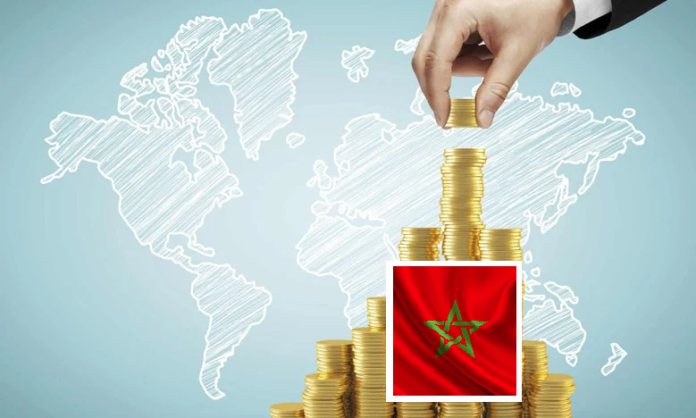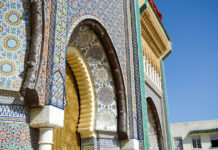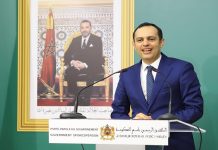In its latest economic report on Morocco, the World Bank lauded the country’s impressive international economic performance. This achievement, underpinned by a series of positive indicators, reflects the growing confidence of foreign partners in the Kingdom.
The influx of foreign direct investment (FDI) projects underscores Morocco’s increasing appeal to international investors. Simultaneously, the significant reduction in the sovereign bond spread, a key indicator of country risk, highlights the financial markets’ confidence in Morocco’s creditworthiness.
Morocco also stands out for the robustness of its foreign exchange reserves, among the largest in the MENA region, and the stability of its currency, the dirham. Access to the IMF’s flexible credit line, reserved for countries with strong fundamentals, further bolsters the country’s resilience to external shocks. These advancements have been recognized by Standard & Poor’s, which upgraded its outlook for Morocco, suggesting a potential return to investment-grade status.
Additionally, the dynamism of Morocco’s manufacturing and service exports, combined with substantial remittances from Moroccans residing abroad (MRE), has led to a significant improvement in the current account balance, reaching its lowest level since 2007.
These factors collectively paint a promising picture of Morocco’s economy, poised to attract more investments, strengthen its resilience, and continue its growth trajectory.





